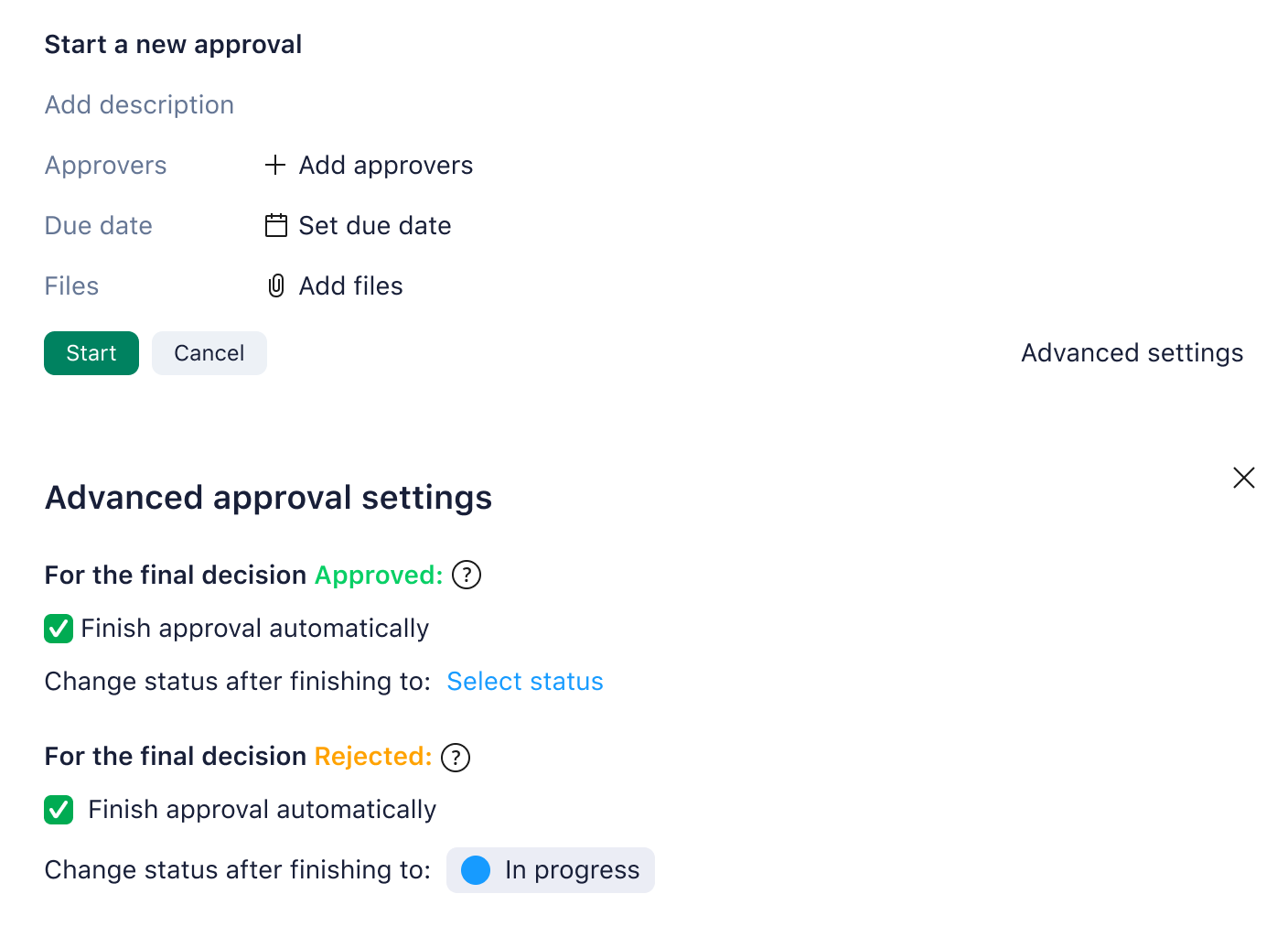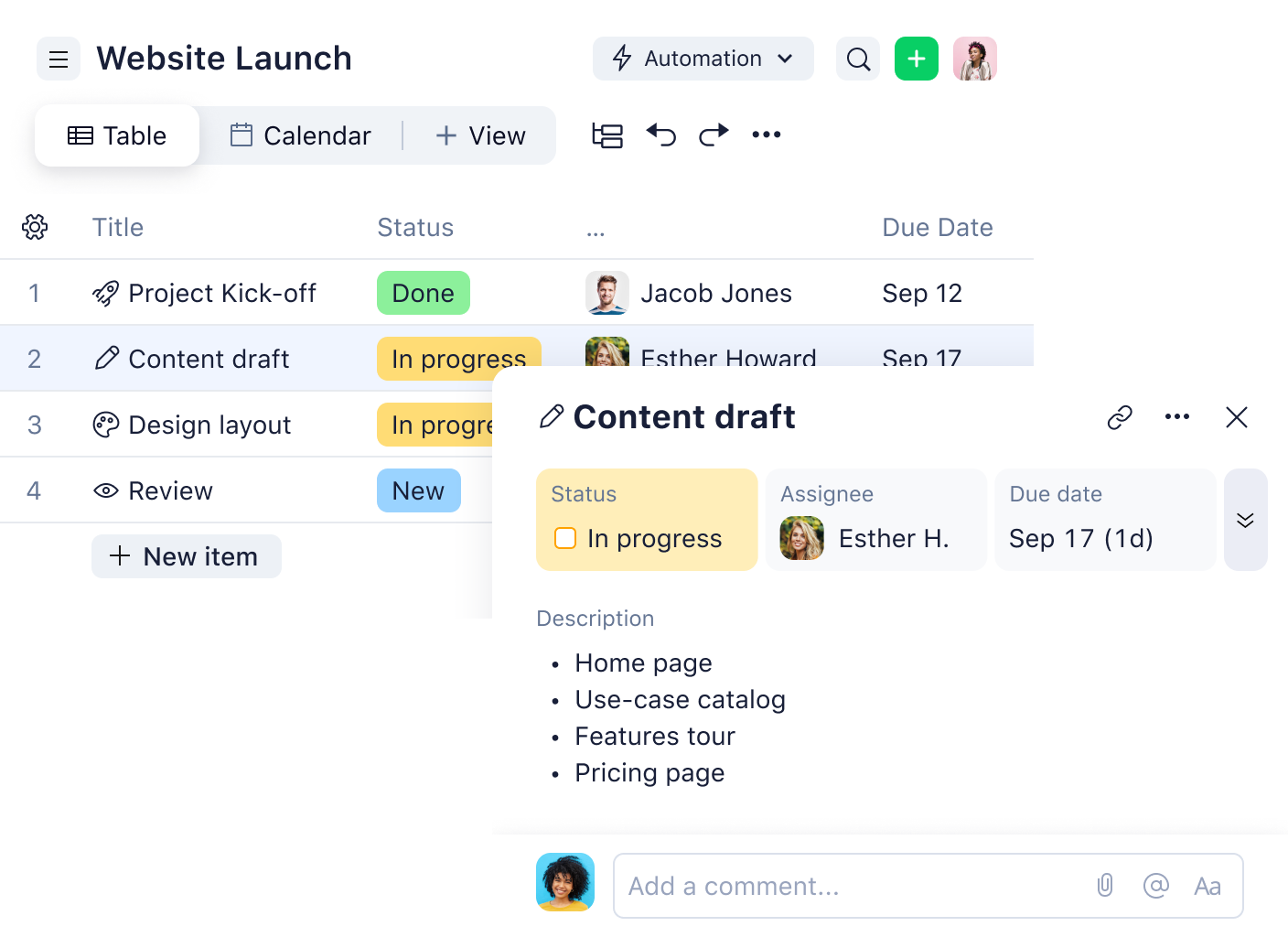The Agile definition of done is a collection of criteria that must be completed for a project to be considered “done.” It is essentially a checklist used by Scrum teams to create a shared understanding of what is required to make a product releasable.
Why is definition of done (DoD) important? Is the Agile definition of done the same as Scrum’s? Keep on reading to learn more about DoD in Agile projects.
Definition of done in Scrum
In specific terms, the Scrum definition of done is a list of conditions that must be met to successfully mark a product increment as complete. It’s a shared understanding between the Scrum team and product owners. Without this clarity, everyone can easily have their own idea of what “done” means, leading to confusion.
To fully understand the definition of done in the context of Scrum, we must first outline two of the key elements in Agile project management:
- Product backlog item: This is a specific improvement that is made to a product. Items can include bug fixes, user stories, and specifications.
- Product increment: This is what is produced at the end of a short development period or sprint. It combines all the product backlog items completed during this sprint.
What are the benefits of the Agile definition of done?
Implementing the Agile definition of done offers some key advantages, which coincide with the three pillars of Scrum:
- Transparency: Everyone on the Scrum team has a clear understanding of what constitutes “done.” This eliminates confusion and potential clashes of opinion because there is a predefined set of rules for what the product should look like when complete.
- Inspection: This stage is carried out by every team member throughout the sprint, so issues can be spotted early and addressed quickly. The team can also share the product with customers for testing purposes to gather feedback and ensure their needs are being met.
- Adaptation: After the inspection stage, improvements can be made to reach the definition of done in Scrum. These adaptations will ensure higher quality in the finished product, potentially increasing ROI and boosting customer satisfaction.
Wrike’s proofing and approval tools can help you get the product feedback you need, faster. These tools are perfect for reviewing marketing materials, designs, or any other Agile deliverable. They ensure that every task meets your team’s organizational standards, the Scrum way.

Definition of done: Agile example
In Agile project management, the definition of done is often employed when Scrum teams are creating a software product. Take the launch of a new mobile app as an example. Here, the definition of done in Agile could incorporate the following deliverables:
- Code has been written
- Code has been reviewed
- Build has been deployed for testing on mobile devices
- Tests have passed
- Google has approved the app for accessibility
Definition of done: Scrum example
Let’s consider a marketing team preparing materials for a new product launch campaign. What does “done” mean for them? Here are some possible deliverables that align with the Scrum guide:
- Creative pitch is reviewed and approved
- Marketing materials are created
- Design is finalized and website is updated
- Customer emails are sent
This approach ensures that the team consistently delivers high-quality results that align with organizational standards and meet the expectations set by the Scrum master and stakeholders.

Definition of done vs. definition of ready
The definition of done focuses on when work is complete, while the definition of ready ensures the team starts on solid ground. It’s the definition of done but in reverse. Before starting work, the team checks if the task is “ready” to be worked on.
This is where the user story plays a big role — each task needs to be ready before the team can start working on it. Here are some examples of what “ready” might look like:
- User story is fully detailed, with clear goals and acceptance criteria
- All dependencies are identified and blockers are removed
- Required approvals from stakeholders are in place
- Necessary resources, such as online tools or data, are available
- Tasks are estimated, prioritized, and added to the sprint backlog
Build your projects in Wrike
Looking to speed up your project execution? Wrike has you covered. It doesn’t matter if you use Scrum or a different Agile project management framework; Wrike can help you manage tasks and conduct sprint reviews all in one place.
You can use Wrike’s interactive Gantt charts and Kanban boards to plan your sprints and track progress effortlessly. You can drag and drop tasks, set priorities, and ensure everything aligns with your definition of done.
Get your team moving faster and with more clarity. Why wait? Take a tour of Wrike to learn more about Scrum workflows and Agile project management.

Artem Gurnov
Artem is a Director of Account Development at Wrike. He previously held the role of Project Manager, overseeing a team of customer success managers (CSMs). Over the years of building teams and scaling business processes, he has successfully deployed multiple projects, from automating client outreach to setting up work prioritization tools for sales reps and CSMs.


